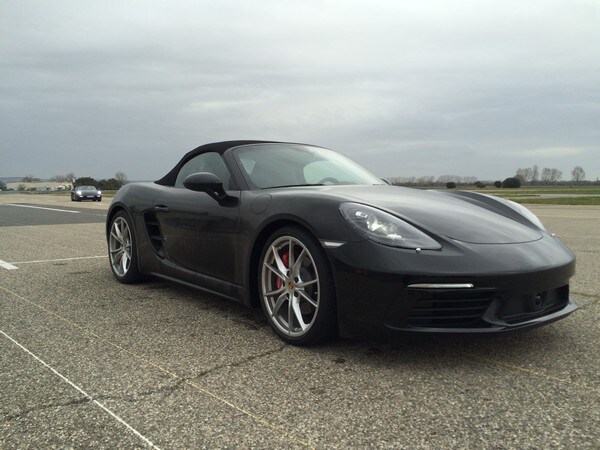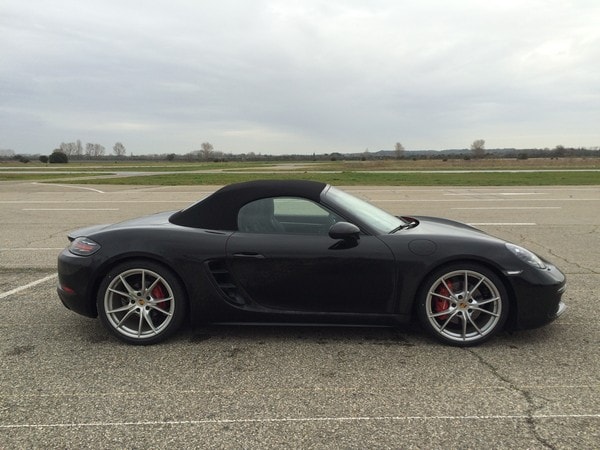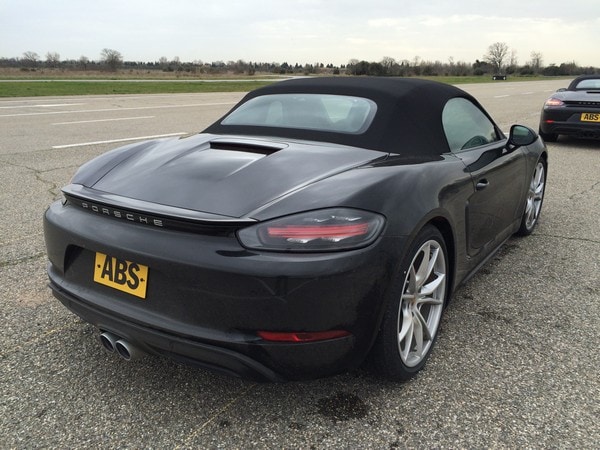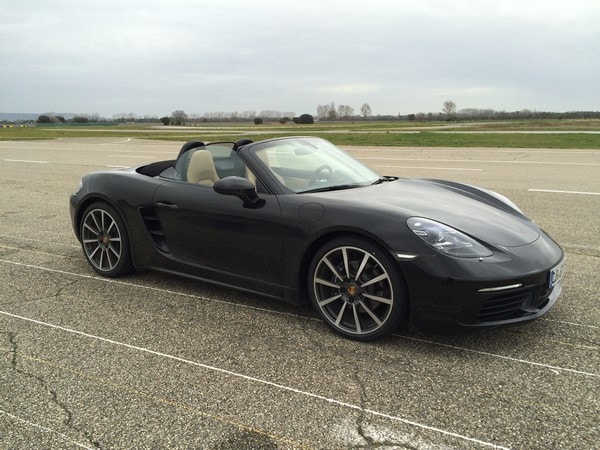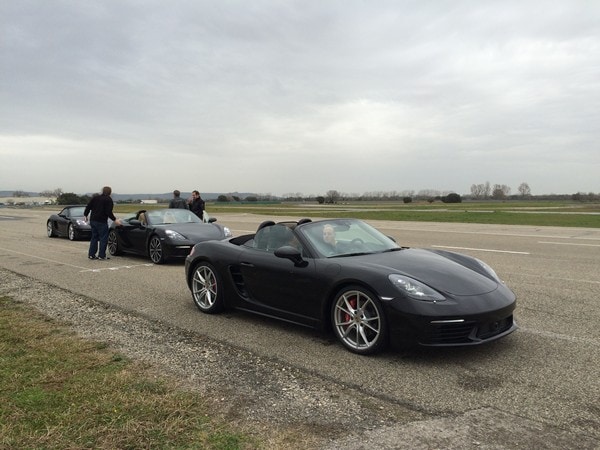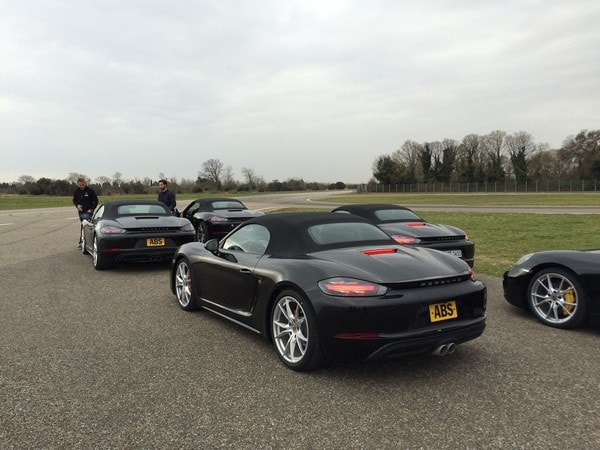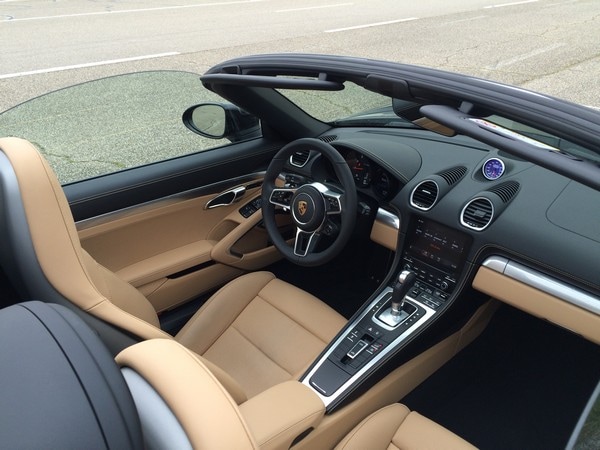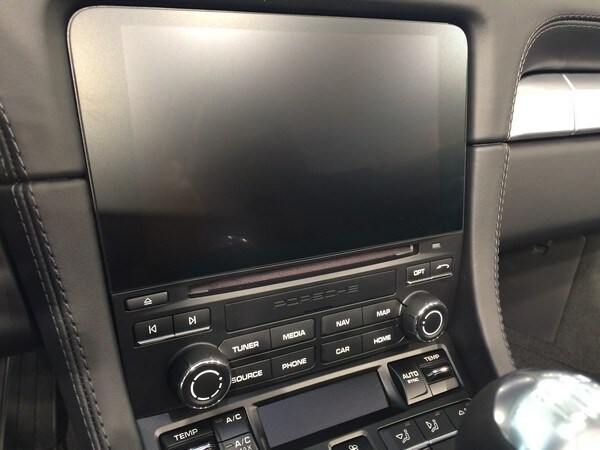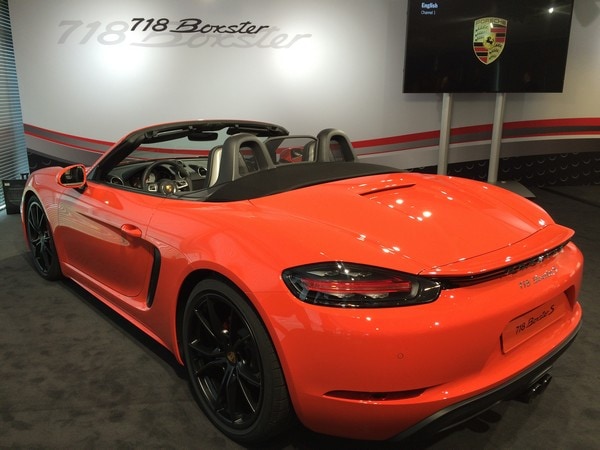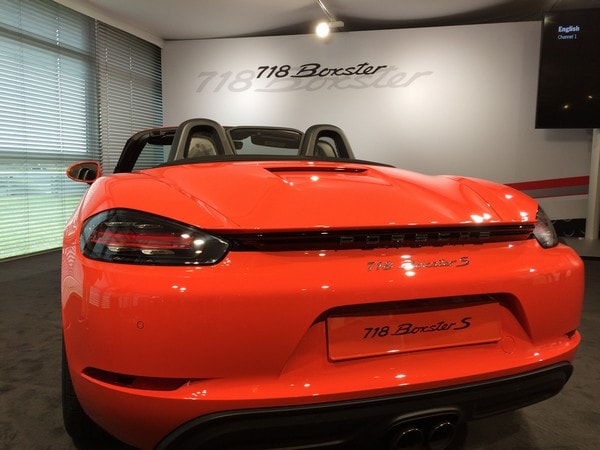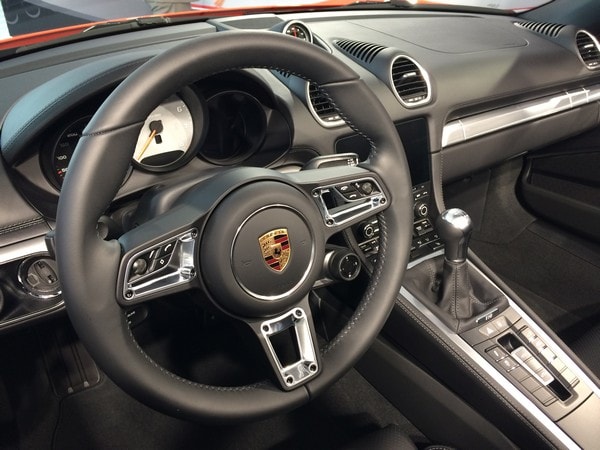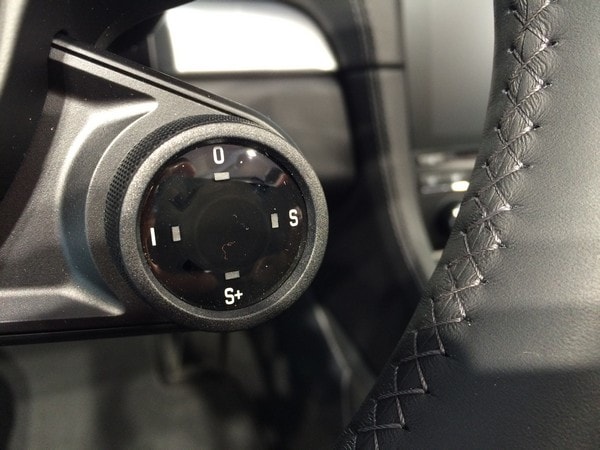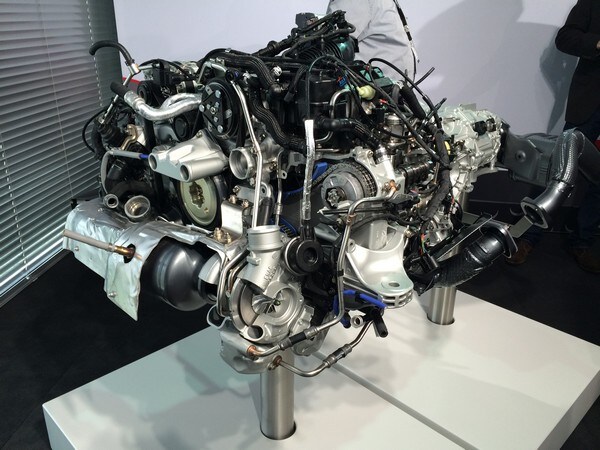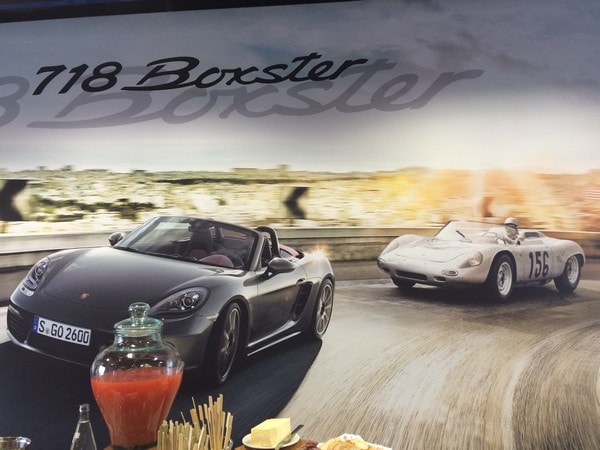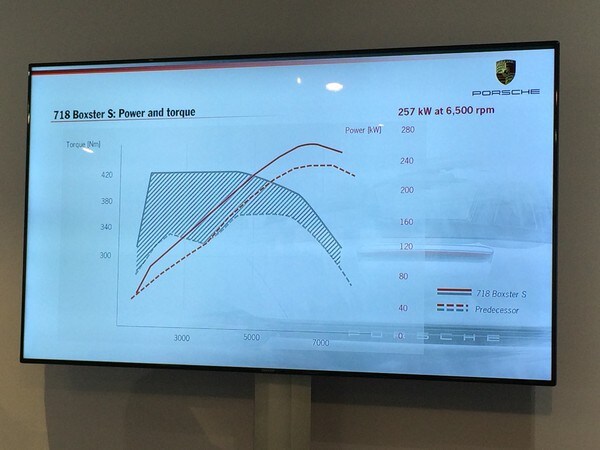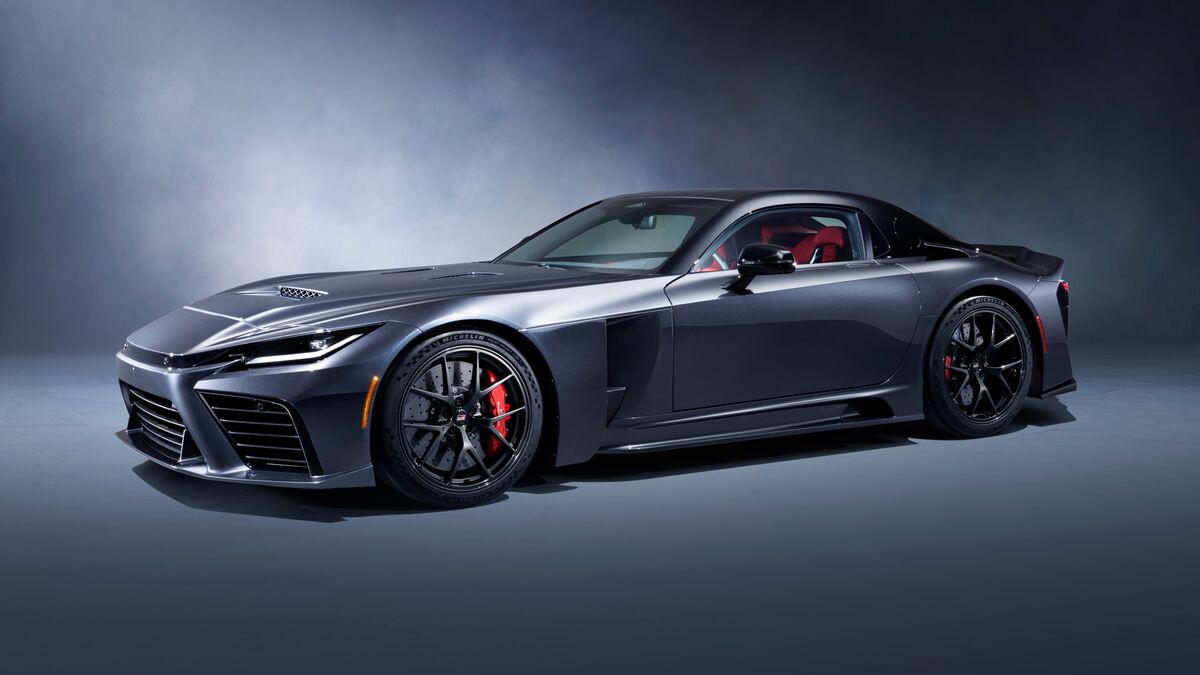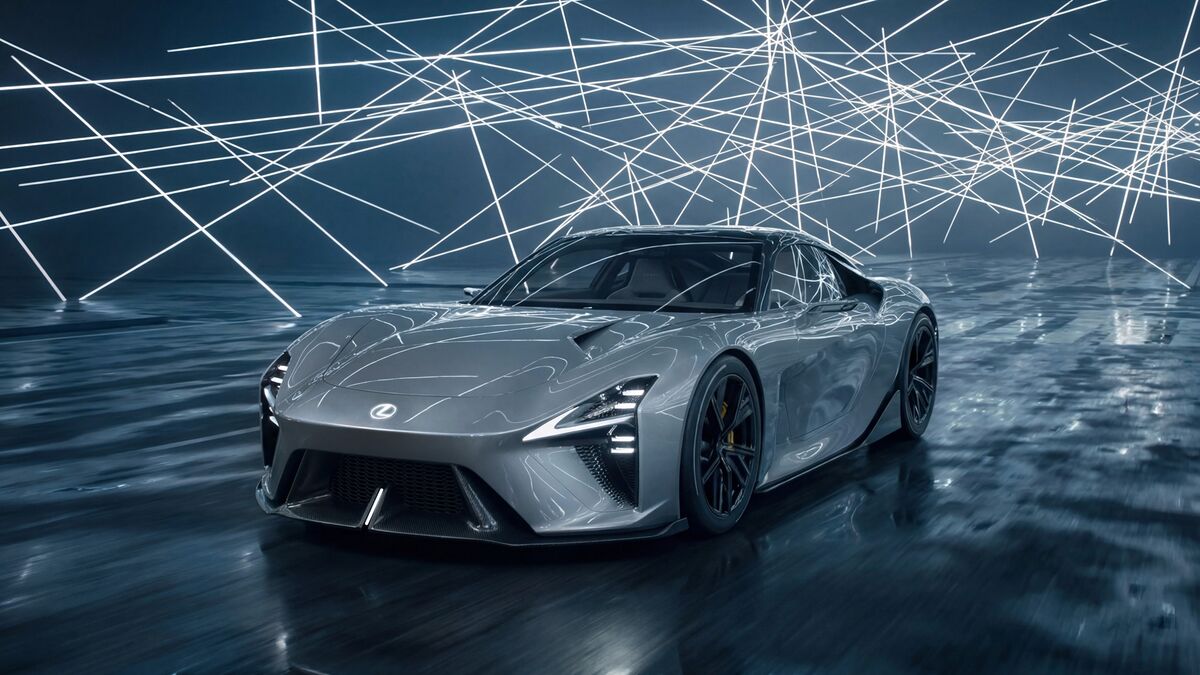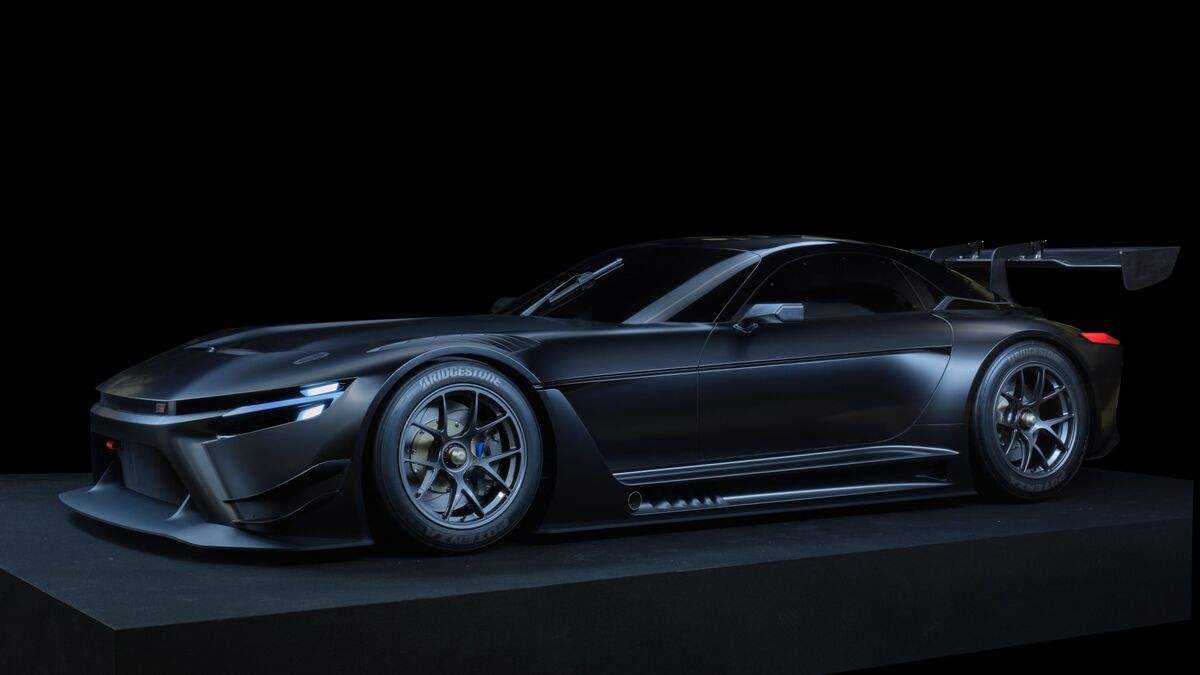The 2017 Porsche 718 Boxster that’s set to arrive this June marks the 20th anniversary of Porsche’s popular roadster, and with it comes a major change. For the first time, the Boxster will swap its naturally aspirated 6-cylinder engines for turbocharged 4-cylinder variants.
While they have two less cylinders, the new engines are more powerful and more efficient. As we previously reported, the new base 718 Boxster will use a 2.0-liter that makes 300 horsepower and 280 lb-ft of torque. That compares with 265 hp/207 lb-ft in the current Boxster. The Boxster S adds even more muscle thanks to a 2.5-liter 4-cylinder good for 350 horsepower and 309 lb-ft of torque. That compares to the 315/266 stats of the outgoing S model. Moreover, the fatter torque that comes from turbocharging now has a broad range, with peak twist available from around 1,900 to 4,500 rpm.
It’s good to be flat
Like the 6-cylinder offerings in current models, the 4-cylinder engines are horizontally opposed, or "flat." Also known as a boxer engine, this sort of engine’s cylinders fire on a horizontal plane vs. a vertical one. Porsche has long used such engine setups, and along with Subaru is among the few major automakers to extensively use the technology. One of the biggest advantages of a flat engine is being able to mount it lower in the car. That means a lower center of gravity, which in turns means better handling. Like all previous Boxsters, the engine remains mounted amidships and powers the rear wheels.
The downsizing is among the biggest news for the 2017 Boxster, but it’s hardly the only change. The 2-seat sports car is getting a full makeover that marks its 4th generation, and a new designation: 718. Porsche invited us to climb inside the all-new 718 Boxster, talk with its engineers and ride along on a private test track in Marseille, France, to learn more about the roadster. We had questions, and imagine you do, too. Here are answers.
First off, a 4-cylinder Porsche — isn’t that sacrilege?
No, especially if you know your Porsches. While it’s been 40 years since the last flat-4 Porsche (the 912 E), some of the German automaker’s earliest and most significant models used them. This model’s 718 designation celebrates one of them. That would be the Porsche 718 of the late 1950s and early 1960s. That lineage includes the first 718 RSK Spyder, which went on to win many prestigious races and establish Porsche as a force to be reckoned with in the world of racing.
Why two fewer cylinders?
Higher fuel economy and lower emissions are part of the story, but it’s not the only reason for the downsizing. By using a smaller turbocharged engine, the new Boxster is able to gain greater performance and drivability. Porsche officials said the only way to get more power from the current, naturally aspirated setup would have been to go up in displacement. But that means decreased fuel economy. While U.S. fuel economy numbers are still to be announced, Porsche says the new Boxster will be up to 14 percent more efficient than the outgoing model.
But the sound … how’s it sound?
We are admittedly enthralled with the sound of the current setup, a naturally aspirated 6-cylinder that howls as it climbs deeper into its 7,800 rpm red line. It’s an automotive auditory delight. So is the new one, in its own way. We’re happy to report that this powertrain has its own voice, and it too sings a lovely song. Rather than the higher-pitched wail of the 6-cylinders , the turbo 4 has a deeper resonance. Throaty at idle, we think it sounds athletic, pulsating, akin to a boxer beating on a bag in a rhythm that mirrors the horizontal piston setup. As it climbs to its own impressive redline — 7,500 rpm — the engine warbles then growls, and crackles and pops on downshifts. A new performance exhaust is available with either engine and enables a deeper sound thanks to a flap that can be opened via the touch of a button.
Does all this save weight?
Not really. While the engine is several pounds lighter, the car’s total weight is slightly more than the outgoing model. Blame the larger brakes and other hardware that went hand in hand with the new Boxster’s beefier performance. Still, at 2,944 pounds for a 6-speed manual transmission Boxster model (3,010 for the 7-speed PDK automatic) and 2,988 pounds (3,054 with PDK) for the Boxster S, Porsche’s roadster still boasts an impressive power-to-weight ratio.
How’s it drive?
As the official first-drive launch of the 2017 Boxster is still a couple of months away, we can only share impressions from the passenger seat. We were treated to laps on a test track in a preproduction Boxster S model driven by Porsche engineers. Among our takeaways:
- It’s far faster off the line. Here’s where that extra torque is readily noticeable. Using launch control, our driver blasted us forth in a way that leaves little doubt about the Boxster S’ 0-60 mph time of as little as 4 seconds flat. Even a base Boxster with the PDK transmission promises quicker launches. Porsche says it will arrive at that benchmark in a mere 4.7 seconds (or 4.5 with the Sport Chrono Package).
- Speaking of the Sport Chrono Package, it includes a steering wheel-mounted drive mode switch for on-the-fly adjustments between Normal, Sport, Sport Plus and Individual settings. This setup has been available in the 911, but this marks the first availability in the Boxster.
- Snaps into place, rain or shine. Our laps had the distinction of taking place between bursts of rain, making the tarmac a slippery place. "These are among the worst conditions for this track," our driver said while sliding the Boxster from apex to apex. Yet the car didn’t seem bothered. In his expert hands, even with traction control fully defeated (press and hold the button for 3 seconds) the Boxster never left us in the grass.
- The seats are really good. Well-bolstered and well-padded, they were comfortable yet supportive enough to keep us in place as we slid around the track. Yes, we yearned to be in the driver’s seat, but as passenger seats go, this was also a great place to be.
The 2017 Boxster is set to go on sale in late June at a starting price of $57,050 for the base model and $69,450 for the Boxster S, both including destination charge. And if you’re wondering about the Boxster’s hardtop coupe sibling the Cayman, it, too, will undergo a similar heart transplant and model revamp. Stay tuned for our first impressions behind the wheel closer to the 2017 Boxster’s on-sale date.
